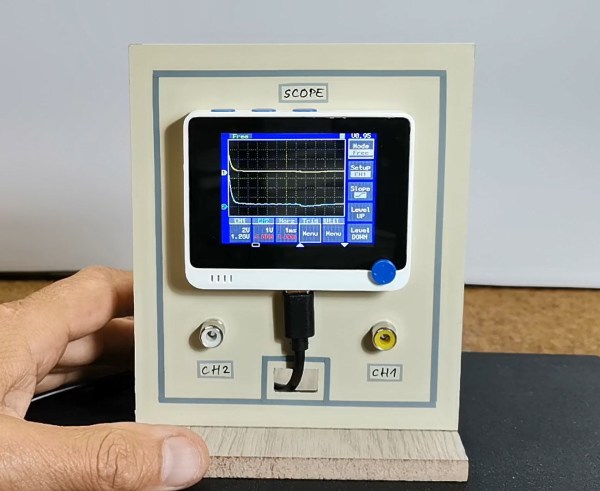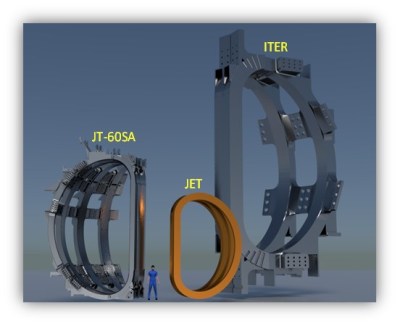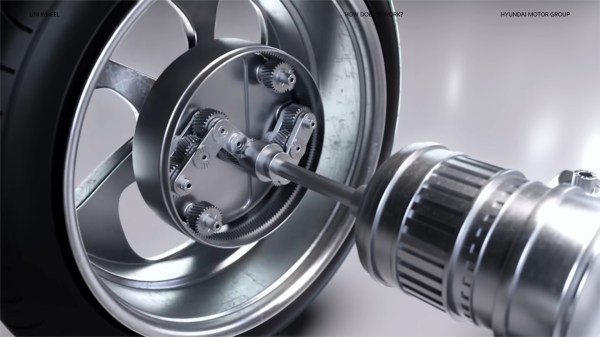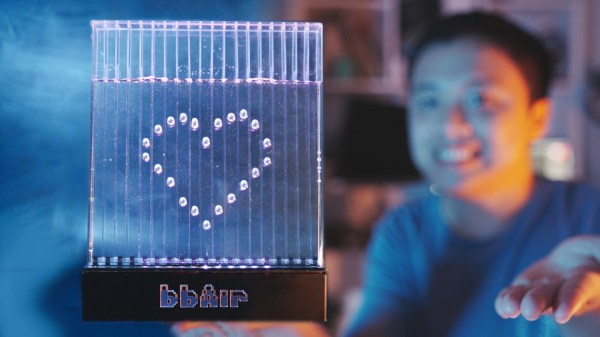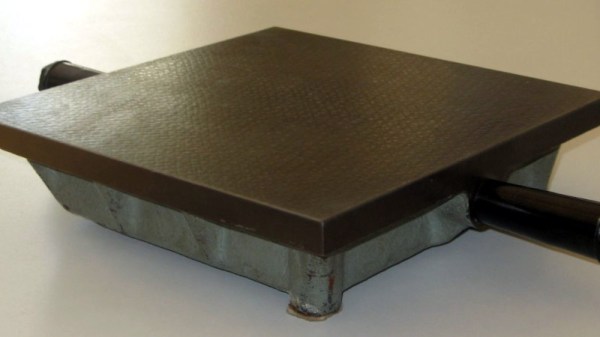After a long December of hand-coating chocolates for relatives last year, [Chaz] decided that enough was enough and built a chocolate enrobing machine to do the dirty work for him. As a side project, he built a rotary tumbler to chocolate-coat things like wasabi peas, which we assume are designated for [Chaz]’s enemies.
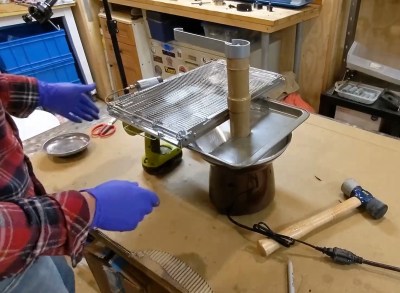 This build started with an off-the-shelf chocolate fountain for which [Chaz] designed and printed a new nozzle in PLA. He also knocked off the flutes that make it fountain on the band saw and removed the rest of the material on the lathe.
This build started with an off-the-shelf chocolate fountain for which [Chaz] designed and printed a new nozzle in PLA. He also knocked off the flutes that make it fountain on the band saw and removed the rest of the material on the lathe.
The conveying bit comes from a conveyor toaster oven that [Chaz] had lying around — he removed the conveyor and hooked it up to a motor from his collection using a slightly modified flex coupler.
With the chocolate enrober complete, [Chaz] moved on building to the rotary tumbler, which is made from two thrift store pans hammered together at the edges and connects up to the front of a KitchenAid mixer. The final verdict was that this did not work as well as the enrober, but it wasn’t a complete bust — wasabi peas (and most of the kitchen) got coated in chocolate.
While we’re not sure we’d use that PLA chocolate pump more than once, we sure would like to enrobe some things in chocolate, and this seems like a good way to get it done. Check out the build video after the break.
Chocolate is good for more than coating everything in sight. Speaking of sight, check out these chocolate optics.
Continue reading “The Chocolate Must Flow This Holiday Season”


